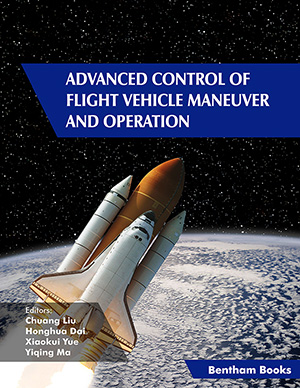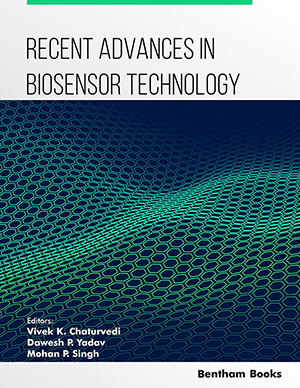Abstract
Due to the necessity for the reduction of the utilization of fossil fuels, the share of renewable energy sources is expected to further increase in the near future. Energy from biomass, alternatively defined as bioenergy, already provides the majority of the renewable energy worldwide. In this chapter, the use of solid, liquid and gaseous biomass as an energy source is presented, with particular emphasis being given to biogas production by anaerobic digestion. The chapter is divided into six parts: In the first, a brief description of the global energy consumption and the expected trends are given. In the second part, the advantages and disadvantages associated with the use of biomass as an energy source are discussed. Furthermore, the sources of biomass (forestry, agriculture residues and energy crops, waste), along with its properties are investigated. In the third part, potential fields for the utilization of the three forms of biomass (solid, liquid and gaseous) for energy production are described, along with ways for biomass upgrading. In the fourth part, the process of Anaerobic Digestion is described in detail. Anaerobic Digestion is a popular method of biological treatment that is suitable for many types of wastes (sewage sludge produced by wastewater treatment, animal waste, the organic matter of municipal solid waste) and leads to biogas production. Then, a common model for the modeling of the process is presented. ADM1 (Anaerobic Digestion Model No. 1) is applied on two wastewater treatment plants operating in Stockholm and in Athens. In the fifth part, the factors that mostly affect Anaerobic Digestion are discussed and the effect of selected parameters (temperature, digester volume, inflow rate and number of digestion stages) is practically examined with the use of ADM1. In the sixth part, the modification of ADM1 to enable its use on the treatment of olivemill waste (wastewater and solid waste) is presented. The model is then applied to the combined treatment of wastewater and solid waste of a small rural olive-mill. Finally, in the Appendices, the suggested values of ADM1 parameters and the effect of selected parameters of the model in biogas quantity and energy content are presented, along with the suggested modification of the model parameters for its application on olivemill waste.
Keywords: Bioenergy, Biogas, Energy Production, CHP, Power, Heating, Waste Treatment, Anaerobic Digestion, Wastewater.

















